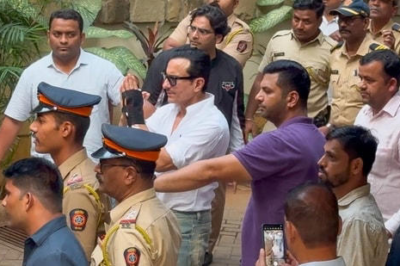
India is on the brink of revolutionizing urban mobility with the introduction of flying taxis, which could dramatically reduce travel time between Delhi and Gurugram to just seven minutes. Here’s how this futuristic transport method is expected to work:
How Does It Operate?
- Aircraft Design: The e-VTOL (electrical vertical takeoff and landing) aircraft, aptly named ‘Midnight,’ features 12 rotors and is designed for both comfort and efficiency. It can accommodate a pilot and four passengers, ensuring a cozy ride with sufficient luggage space.
- Urban Integration: Initially, these air taxis will serve not only Delhi and Gurugram but also other major Indian cities including Bengaluru, Mumbai, and Chennai, connecting key urban centers and airports.
- Regulatory Approval: Before operations can commence, the e-VTOL taxis await approval from India’s Directorate-General of Civil Aviation (DGCA), similar to the approval process currently underway with the Federal Aviation Administration (FAA) in the US.
Cost and Accessibility:
- Affordable Flying: Nikhil Goel, Chief Commercial Officer of Archer, suggests that the cost of a flying taxi ride will be only slightly higher than traditional taxi services. For instance, a typical Uber ride from Delhi to Gurugram costs between Rs 1,500 to Rs 2,000, whereas an air taxi might charge about Rs 2,000 to Rs 3,000 per passenger.
- Economic Viability: The pricing strategy aims to make these flying taxis an attractive alternative for daily commuters, offering a significant cut in travel time at a manageable cost premium.
Benefits and Impact:
- Time Efficiency: The most immediate benefit of e-VTOL services is the drastic reduction in travel time, making daily commutes faster and more efficient.
- Environmental Considerations: Being electric, these flying taxis promise a greener alternative to traditional road transport, potentially reducing urban air pollution.
- Urban Traffic Decongestion: By taking a fraction of commuters off the roads and into the skies, e-VTOL taxis could help alleviate chronic traffic congestion in metropolitan areas.
This exciting development in urban transport is poised to transform how we think about city travel, offering a glimpse into a more efficient and potentially greener future for daily commuting.




































Leave a Reply